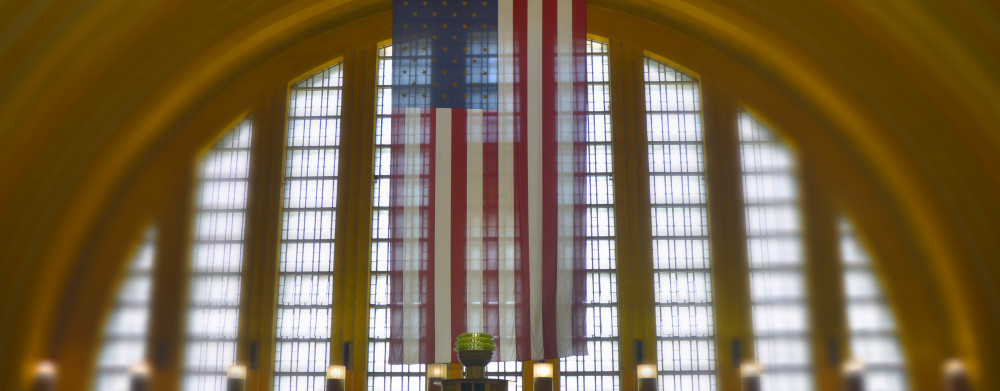By Gregory Colvin
So, planning a trip? Here are a few simple tips that will go a long way in keeping your home safe while you are away. Are they guaranteed to keep anyone from breaking into your home while you are gone? No, but it will greatly increase the odds in your favor.
First and foremost, information is knowledge. Information has value. Information must be kept under lock and key. Whether the information is about where you are at any moment. Whether it is if your home is vacant or your daily schedule, it has value to someone. Keeping that in mind, I realize that you are excited about your trip and want to share all the information about your exotic destination. You can’t wait to brag to your friends about where you are going and what you are going to be doing. Most important how long you are going to stay. The temptation is to post it on Facebook or Twitter or the vast array of social sites out there. Should that information fall into the wrong hands, the criminals now know your house is vacant and how long they have to burglarize your home. It is best to wait until you get back and then brag to your heart’s content.
Next. Want a large flag waving in front of your home with words “We Are Not Home!”? Just don’t notify the newspaper delivery person and the flag is unfurled. Nothing says vacant home like having newspapers, packages or mail stacking up outside the house. Simply having a neighbor or friend come by and pick up the newspapers and flyers will make it appear that things are normal at home, while you are sunning in the south of France.
Prior to leaving for the airport, walk through the house and double check to be sure that all the doors and windows are locked. Intruders usually take the path of least resistance. A home with unlocked door or window is preferable to a locked door. They may leave your house alone and look for an easier target.
Light timers are inexpensive. Timers attached to interior and exterior lights give the appearance of an occupied dwelling. By replicating the times that you are usually in the different rooms, it will give a appearance that someone is home.
Have a friend stop by the house to check it periodically. While they are there, have them open closed blinds and curtains and close open ones so that it appears that someone in home.
If you are going to be away for an extended period of time you may want to consider having a friend stay at the house or hire a house sitter to stay in the house. Unless the house sitter is someone that you know personally, ask for references. Call the references, unless you want to return to your house and find it looking like a rock band stayed the weekend. Continue reading

